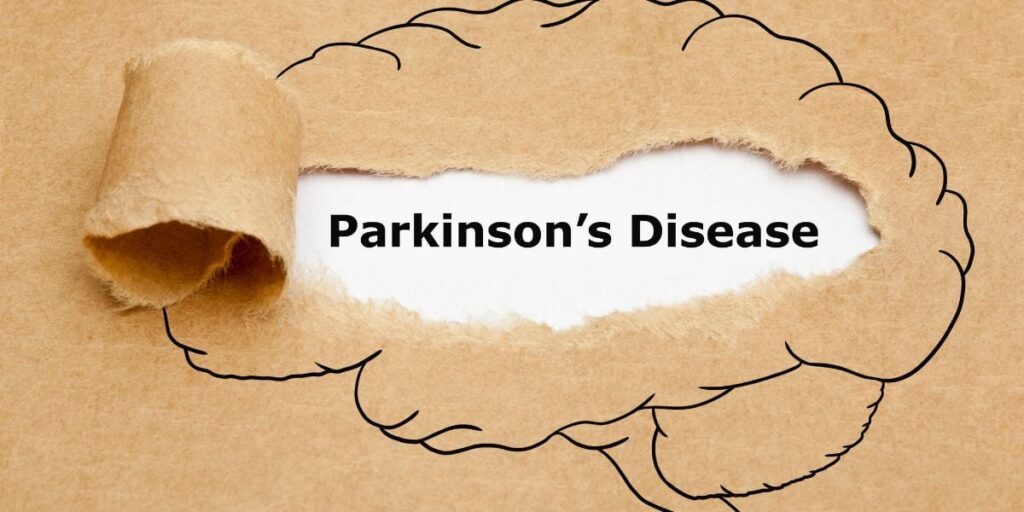
What is Parkinson’s Disease?
Parkinson’s disease is a progressive neurological disorder that affects the central nervous system. It is characterized by the loss of dopamine-producing neurons in the brain. This causes difficulties in controlling movements. It usually manifests itself with symptoms such as tremors, muscle stiffness and loss of balance.
Early Symptoms of Parkinson’s Disease
Early symptoms of this disease usually start mild and worsen over time. Here are some common symptoms to look out for:
- Tremor: Mild tremors in the hands, fingers or chin are one of the first symptoms of Parkinson’s.
- Slow Movement (Bradykinesia): Slowness in daily movements and difficulty in taking steps.
- Muscle Stiffness: Stiffness and difficulty in movements in the arms, legs or trunk.
- Balance and Coordination Problems: Loss of balance while walking or standing.
- Impairment in Fine Motor Skills: Weakening of fine motor skills such as difficulty in writing or buttoning.
These symptoms may vary from person to person and may be mild at first. Early diagnosis plays an important role in the treatment process.
Diagnosis of Parkinson’s Disease
The diagnosis of this disease is usually made by clinical examination and evaluation of the patient’s symptoms. Although there is no definitive laboratory test, some diagnostic methods include:
- Neurological Examination: The doctor evaluates movement abilities, muscle tone, reflexes and balance.
- Imaging Tests: MRI or PET scans can be helpful in evaluating structural changes in the brain.
- Dopamine Transporter Imaging: Special imaging techniques are used to examine dopamine transporters in the brain.
- Laboratory Tests: Blood tests may be done to rule out other diseases.
Early diagnosis makes the treatment plan more effective and can slow the progression of the disease.
Treatment Methods of Parkinson’s Disease
The treatment of this disease focuses on managing symptoms and improving the patient’s quality of life. The treatment options include:
- Medication: Various medications are used to balance dopamine levels and relieve symptoms. For example, Levodopa is the most commonly used drug.
- Surgical Intervention: When drug treatment is not sufficient, surgical methods such as Deep Brain Stimulation (DBS) can be used.
- Physical Therapy: Physical therapy is recommended to increase mobility, strengthen muscles and improve balance.
- Occupational Therapy: Provides support to continue daily life activities more independently.
- Speech Therapy: Can be used to alleviate speech difficulties and swallowing problems.
Treatment is individualized and should be tailored to the patient’s symptoms, lifestyle and general health.
Improving Quality of Life in Parkinson’s Disease
Some strategies to improve quality of life with this disease include:
- Regular Exercise: Low-impact exercises such as walking, yoga or tai chi can increase muscle strength and improve balance.
- Nutrition: A healthy, balanced diet can improve overall health and increase energy levels.
- Support Groups: Connecting with people who share the same experiences can provide emotional support.
- Sleep Pattern: Adequate and quality sleep improves overall well-being and can relieve symptoms.
- Psychological Support: Psychotherapy or counseling may be helpful to deal with emotional problems such as depression and anxiety.
These strategies can help Parkinson’s patients live their daily lives more comfortably.
Consclusion
Parkinson’s disease is a serious neurological disorder that affects life. However, with early diagnosis and appropriate treatment, symptoms can be managed and quality of life can be improved. Medications, surgery, therapy and lifestyle changes can help people with Parkinson’s live more independent lives. Recognizing the symptoms of the disease early and consulting a specialist doctor makes the treatment process more effective.
This article is intended to provide a comprehensive resource for those seeking information about Parkinson’s disease. I hope you find it useful. If you would like more information on anything else, please let us know.
Contents
[…] What is Parkinson’s Disease? […]
[…] Parkinson’s disease is a chronic neurological disorder that affects mobility and quality of life. However, with proper management and lifestyle changes, it is possible for patients to have a better quality of daily life. In this article, you can find practical suggestions to improve the quality of life of Parkinson’s patients. […]